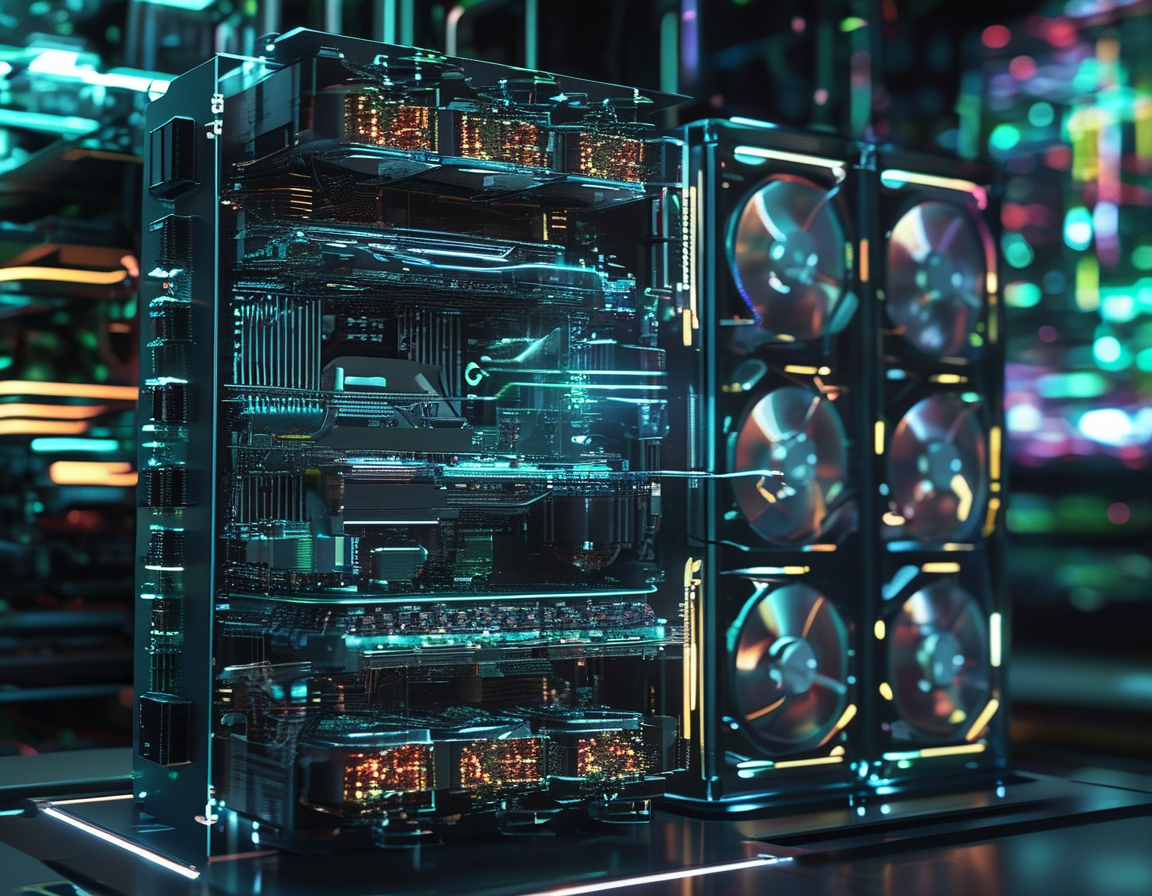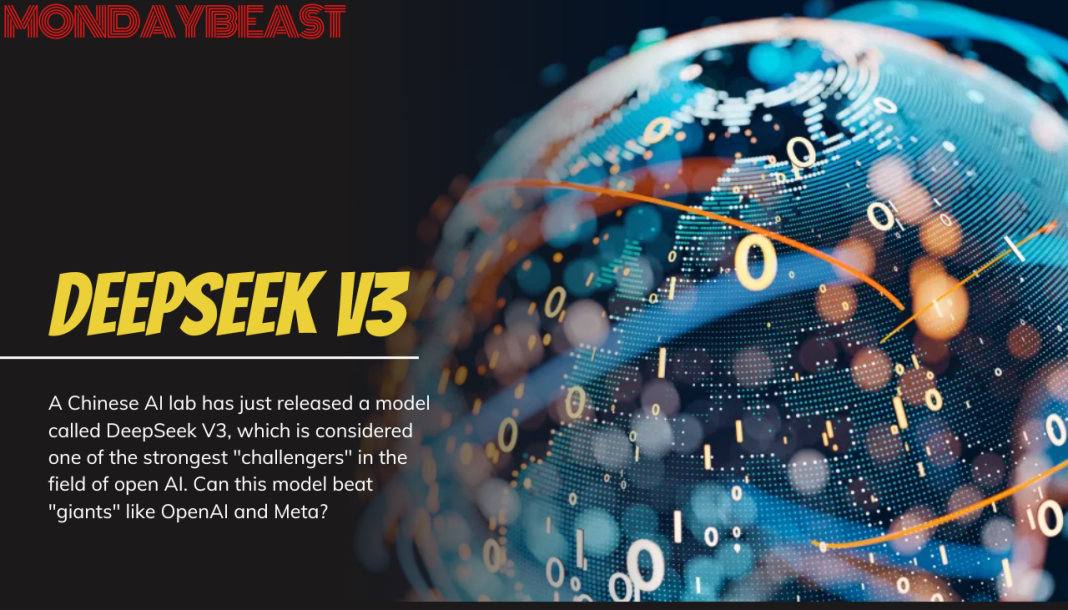In the constantly evolving arena of artificial intelligence, there’s a lot to unpack. With the recent emergence of DeepSeek V3, crafted in a lab in China, the narrative shifts dramatically. Have we found a serious competitor to established models?

DeepSeek V3 has been released under a permissive license. This means anyone can download and modify it. It opens the door for many to experiment and innovate. But why does this matter? In a world where AI models shape our daily digital interactions, such access can ignite fresh ideas and development.
During its internal benchmark tests, DeepSeek V3 showcased some impressive capabilities. It seems to outstrip both open and closed AI models. For instance, during coding competitions on platforms like Codeforces, this model shone brightly, surpassing even heavyweights like OpenAI’s GPT-4o.

The remarkable aspect of DeepSeek V3 isn’t just its performance. The model was trained on a staggering dataset of 14.8 trillion tokens. Think about that. One million tokens equate to roughly 750,000 words. Now, that’s a wealth of knowledge packed into a single model.
Moreover, the model boasts a whopping 671 billion parameters. For context, that’s around 1.6 times larger than Meta’s Llama 3.1. Parameters are critical tools for an AI model; they help it interpret and respond to commands. Simply put, a bigger model can often yield better results. But can smaller models really compete, or are they doomed?

DeepSeek’s training process, using Nvidia H800 GPUs, is another point of intrigue. They accomplished this feat in just about two months. It showcases the technical capabilities of the team behind DeepSeek, but the situation also reveals a darker side. The U.S. recently restricted access for Chinese firms to these advanced GPUs. Designing powerful AI models can lead to geopolitical tensions, don’t you think?
Despite the model’s impressive scale and sophistication, some limitations exist. Have you ever asked an AI about sensitive topics? You might find it skirting around controversial subjects. DeepSeek V3 is no different. Its responses to politically sensitive questions reveal a cautious approach that reflects its creators’ constraints.
The company’s ties to High-Flyer Capital Management add another layer of complexity. This hedge fund uses AI to enhance trading decisions. There’s a certain irony here. AI technology leans aggressively towards advancement. But the organizations supporting it may still face limitations based on government preferences.
In recent interviews, High-Flyer’s founder emphasized the temporary nature of closed-source AI. Does this mean we’ll soon see a paradigm shift in how we perceive these technologies? Perhaps. As more open platforms emerge, the monopolistic hold of companies like OpenAI may weaken. It’s a compelling notion.
What does this mean for the average user? In the hunt for better technology, what are we willing to sacrifice? The evolving nature of AI certainly hints at a future filled with possibilities. But it can also evoke fear about control and censorship.
In summation, DeepSeek V3’s introduction to the market is significant. It serves as a reminder that the race for AI dominance is far from settled. Models like DeepSeek V3 can push the boundaries, but the social implications are worth pondering. Will we embrace the freedom they offer? Or will we find ourselves constrained by the very systems we seek to enhance?




